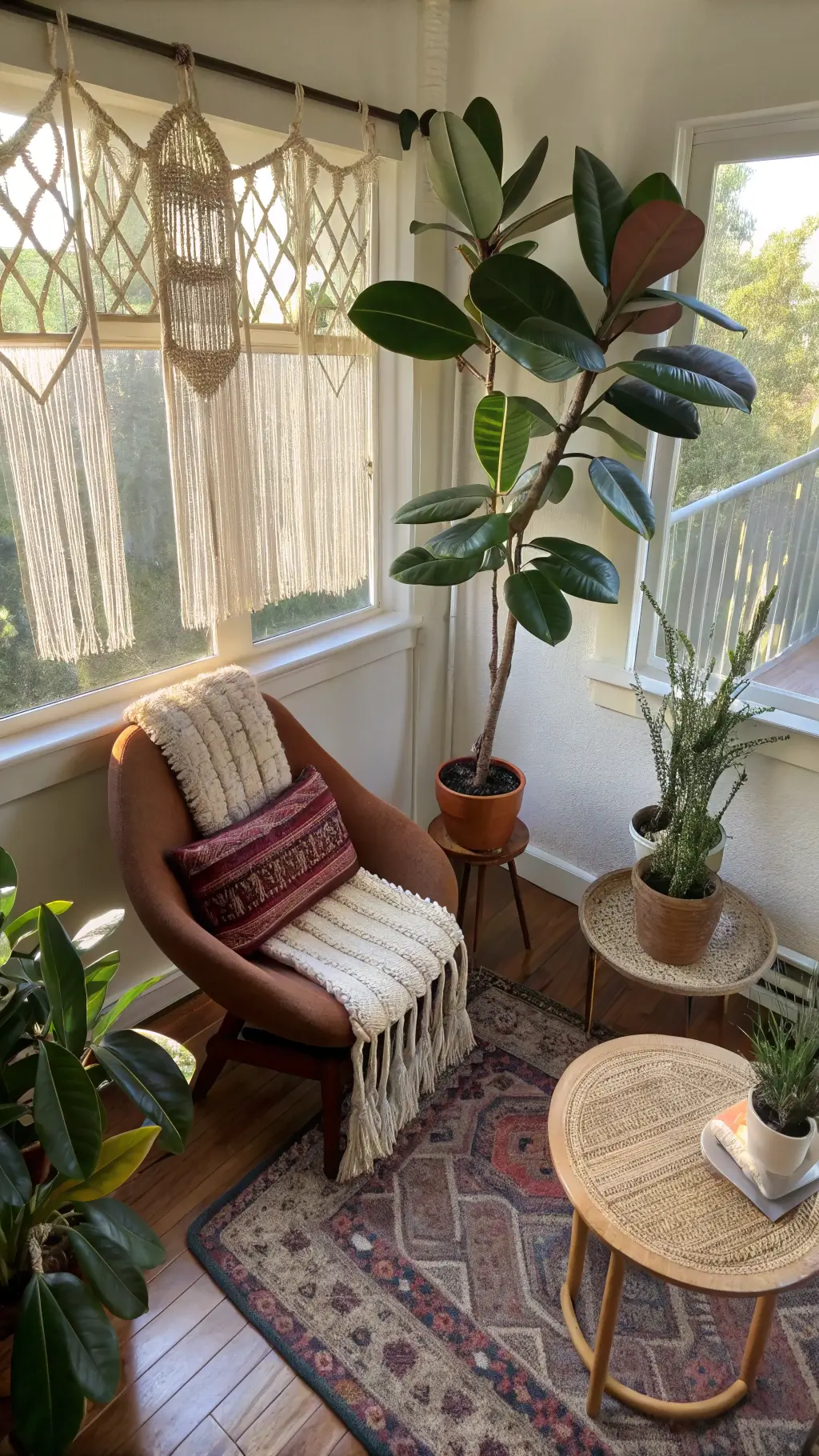Mastering Rubber Plant Care: Your Ultimate Guide to Growing Ficus elastica Like a Pro
Hey there, fellow plant enthusiasts! Let’s dive into the world of the stunning Rubber Plant (Ficus elastica) – a gorgeous indoor companion that’s equal parts dramatic and low-maintenance.
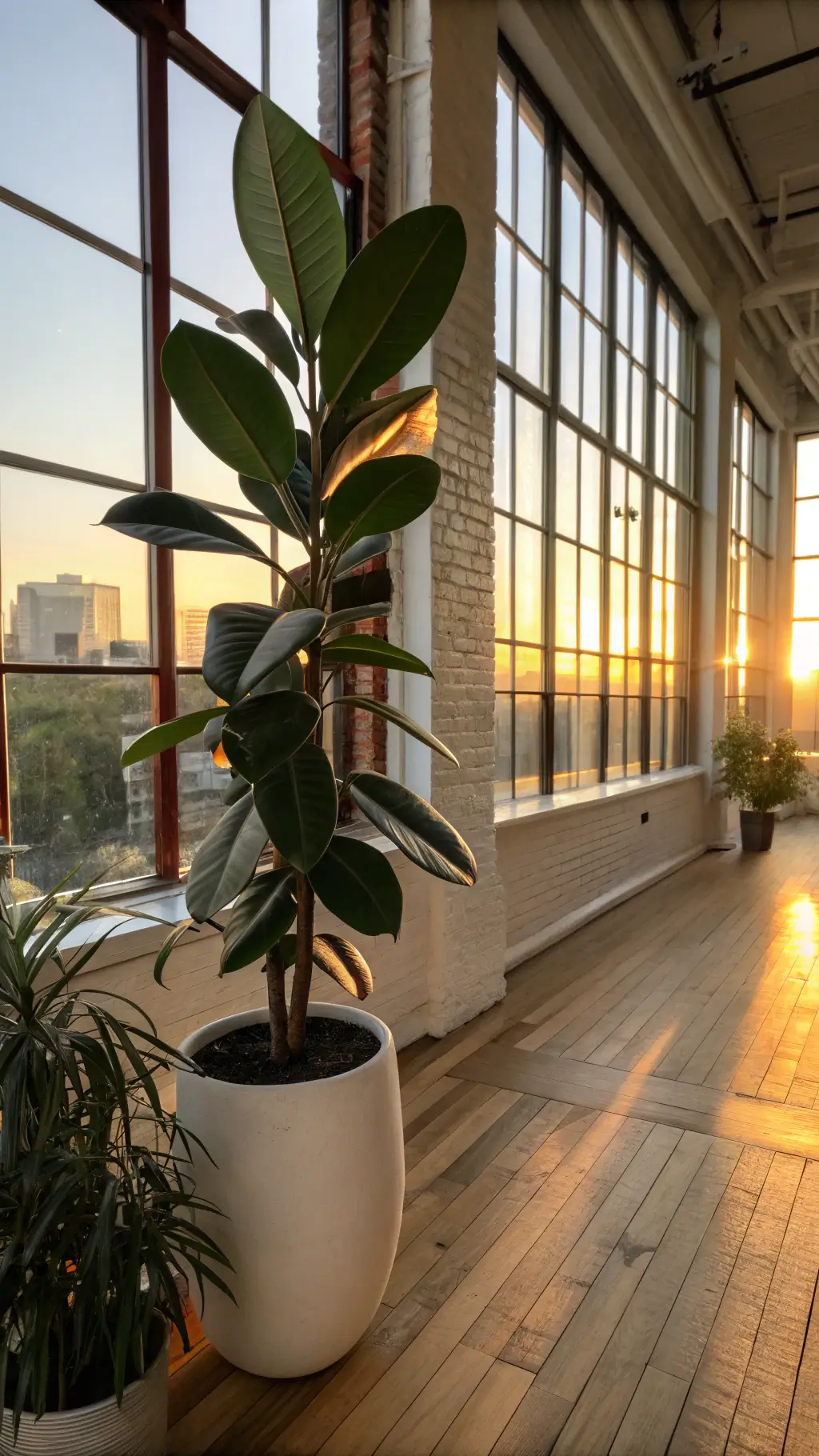
Why Rubber Plants Are Plant Lovers’ Dream
Ever walked into a room and been stopped in your tracks by a magnificent, glossy-leaved plant? Chances are, you’ve just met a rubber plant. These stunners are more than just pretty faces – they’re incredibly forgiving houseplants that can transform any space from bland to grand.
🌿 Quick Rubber Plant Survival Guide
Before we get into the nitty-gritty, here’s what your rubber plant absolutely craves:
- Bright, indirect sunlight
- Consistent (but not crazy) watering
- Warm temperatures
- A bit of humidity
- Occasional TLC
Light: The Secret Sauce of Rubber Plant Happiness
Listen up – light is everything for these beauties:
- Sweet Spot: East or west-facing windows are your plant’s BFFs
- Direct Sunlight? Hard No: Those delicate leaves will burn faster than a vampire in the midday sun
- Pro Tip: Variegated varieties are light divas – they need MORE brightness to keep their fancy color patterns

Watering: The Fine Art of Not Killing Your Plant
Water is tricky. Too much, and you’re drowning your plant. Too little, and it’s a crispy critter.
Watering Golden Rules:
- Let the top 2-3 inches of soil go completely dry
- Water thoroughly, but don’t create a swimming pool
- Winter is chill time – reduce watering frequency
- Warning: Root rot is real, and it’s terrifying
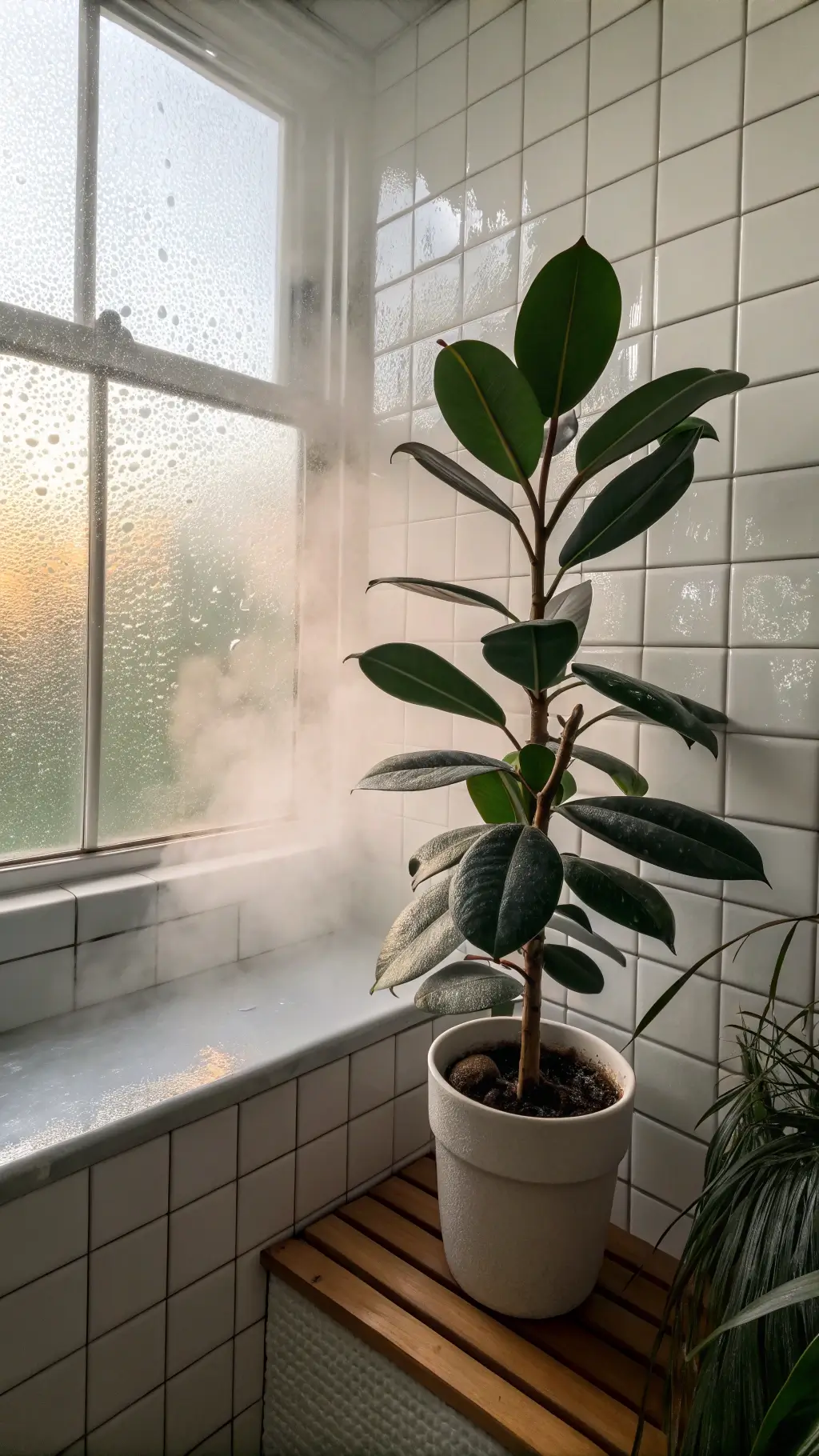
Temperature and Humidity: Creating the Perfect Microclimate
Your rubber plant is basically a tropical drama queen:
- Ideal temperature range: 60-85°F (15-29°C)
- Humidity sweet spot: 40-50%
- Keep away from drafty windows and cranky heaters
- Misting is your secret weapon for happy leaves
Soil and Feeding: Nutrition Matters
Think of soil and fertilizer like a plant’s protein shake:
- Use well-draining potting mix
- Add perlite for extra drainage magic
- Monthly fertilizer during growing season
- Pro Hack: Always dilute fertilizer to half-strength

Pruning: Giving Your Plant a Glow-Up
Pruning isn’t just for fancy hair salons:
- Spring is your pruning season
- Control height and encourage bushier growth
- Clean leaves = shiny, healthy plant
- Rotate periodically for even growth
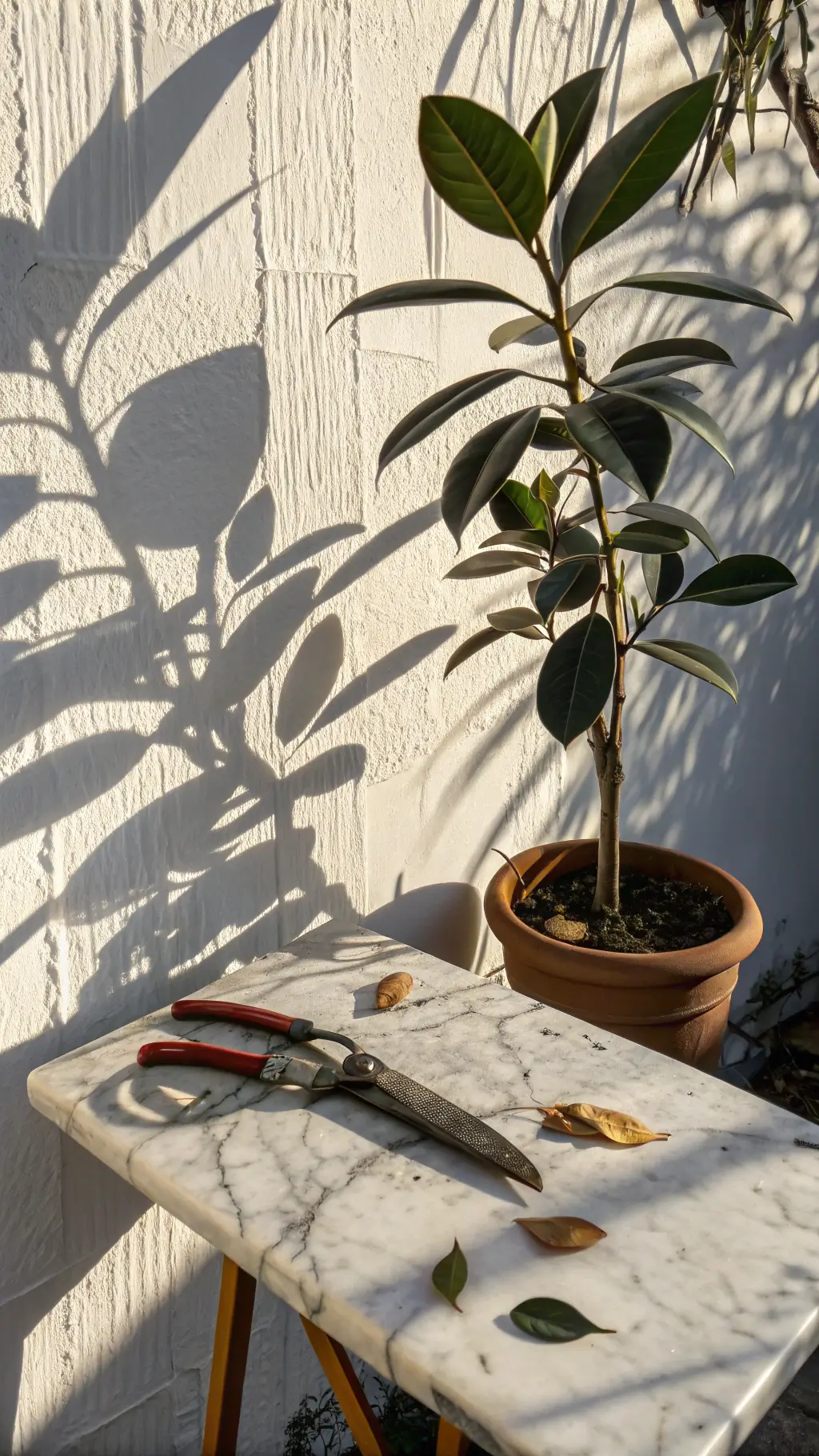
Troubleshooting: When Things Go Wrong
Common Rubber Plant Panic Moments:
- Leaf drop? Check your watering and temperature
- Yellow leaves? Investigate moisture and nutrients
- Brown tips? Humidity is likely the culprit
- Pests? Keep an eye out for sneaky scale insects
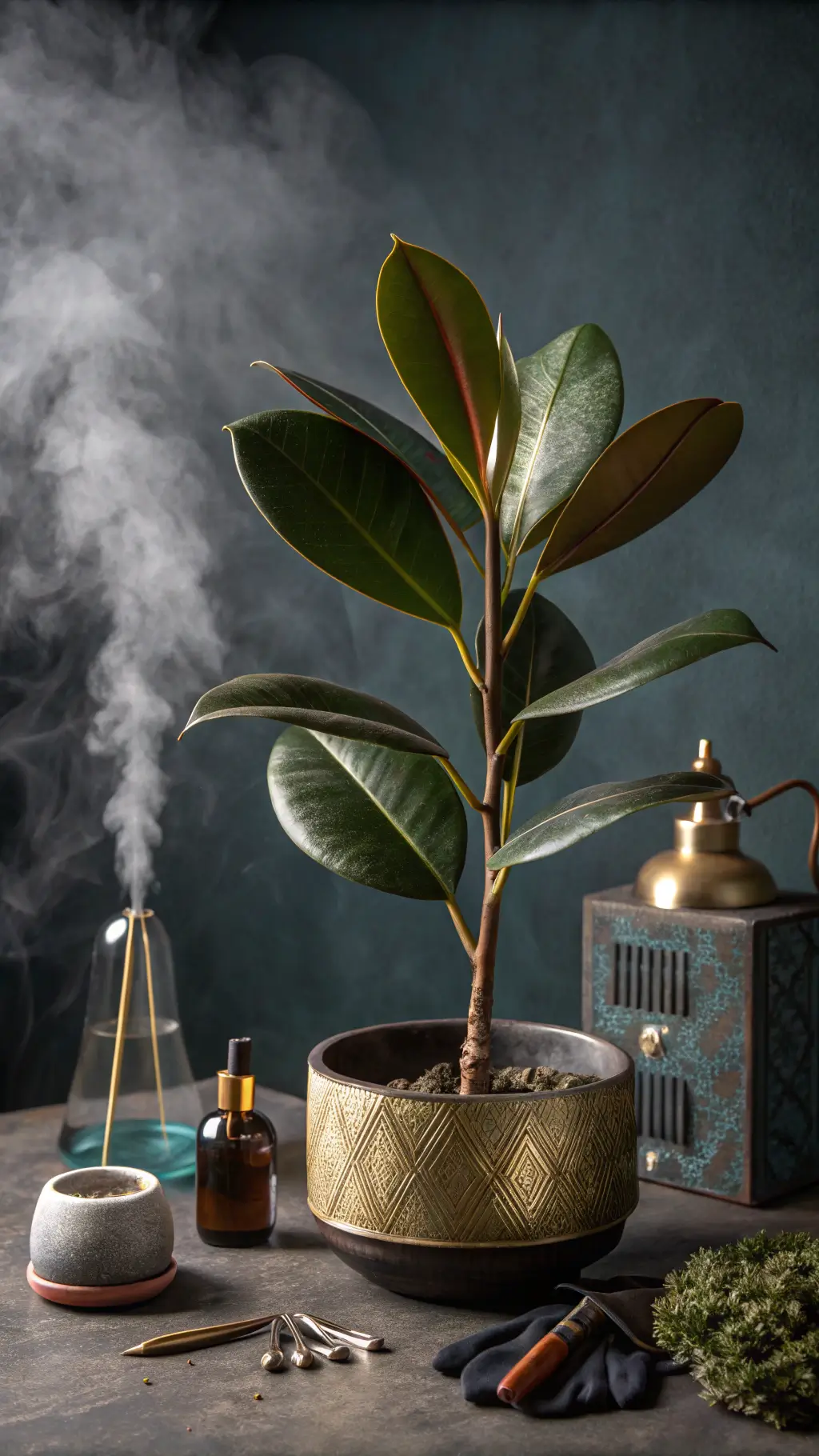
Final Thoughts: You’ve Got This!
Rubber plants are forgiving, fabulous, and ready to make your space look incredible. Remember: observe, adjust, and most importantly – have fun with your green buddy!
Bonus Pro Tip:
Every plant is unique. Pay attention to YOUR specific plant’s signals, and you’ll become a rubber plant whisperer in no time.
Happy growing, plant parents! 🌱✨
